Critical thinking is the essential tool for ensuring that students fulfill their promise.Thinking Like a Lawyer: A Framework for Teaching Critical Thinking to All Students introduces a powerful but practical framework to close the critical thinking gap and helps students adopt the skills, habits, and mindsets of lawyers. The book provides teachers the tools and knowledge they need to teach critical thinking, empowering their students to tackle 21st-century problems. Learn more about the book and closing the critical thinking gap in this interview with the author, Colin Seale.
Q: You are clearly obsessed with critical thinking. Why do you think educators and parents should be, too?
A: So often, we look at young people, particularly our gifted and advanced learners, and measure their success by their grades, what colleges they attend, and getting “good” jobs. But with the rise of automation, nanotechnology, and artificial intelligence, it is more important than ever to ensure we are not just teaching children what to think, but how to think. This is not some cryptic, “the future is coming” warning. Look no further than the response to this global pandemic, during which health professionals, educators, public officials, and essential workers have had to rapidly respond without a step-by-step manual. Educators and parents have an urgent call to help our students shift from asking “what” and “how to” to asking “why” and “what if.”
Q: To close the critical thinking gap, your book introduces a “Thinking Like a Lawyer” framework. Why?
A: There’s a reason why every law school and every business school uses the case study method of instruction. It’s the same reason Socratic-style questioning has been making a steady comeback in K–12 education—which happens to be the same reason 35 of our founding fathers, 25 past presidents, Nelson Mandela, Mahatma Gandhi, and countless civic and business leaders have been attorneys. Analyzing problems and solutions from different angles, asking questions until you get the information you need, and making claims and supporting those claims with valid and relevant evidence are staples of legal reasoning. As a math teacher who went to law school at night and practiced law for 3 years, the ability to apply these critical thinking strategies across multiple contexts made a big difference in the courtroom. But it also made a huge difference in the classroom. This book outlines several practical, but powerful strategies to help educators unleash their students’ critical thinking potential by tapping into their inherent sense of fairness and justice. Click here to read more…
Master powerful, but practical strategies to help students unleash their passion and gifts with your copy of “Thinking Like a Lawyer: A Framework for Teaching Critical Thinking to All Students” today! Click here to get your copy.
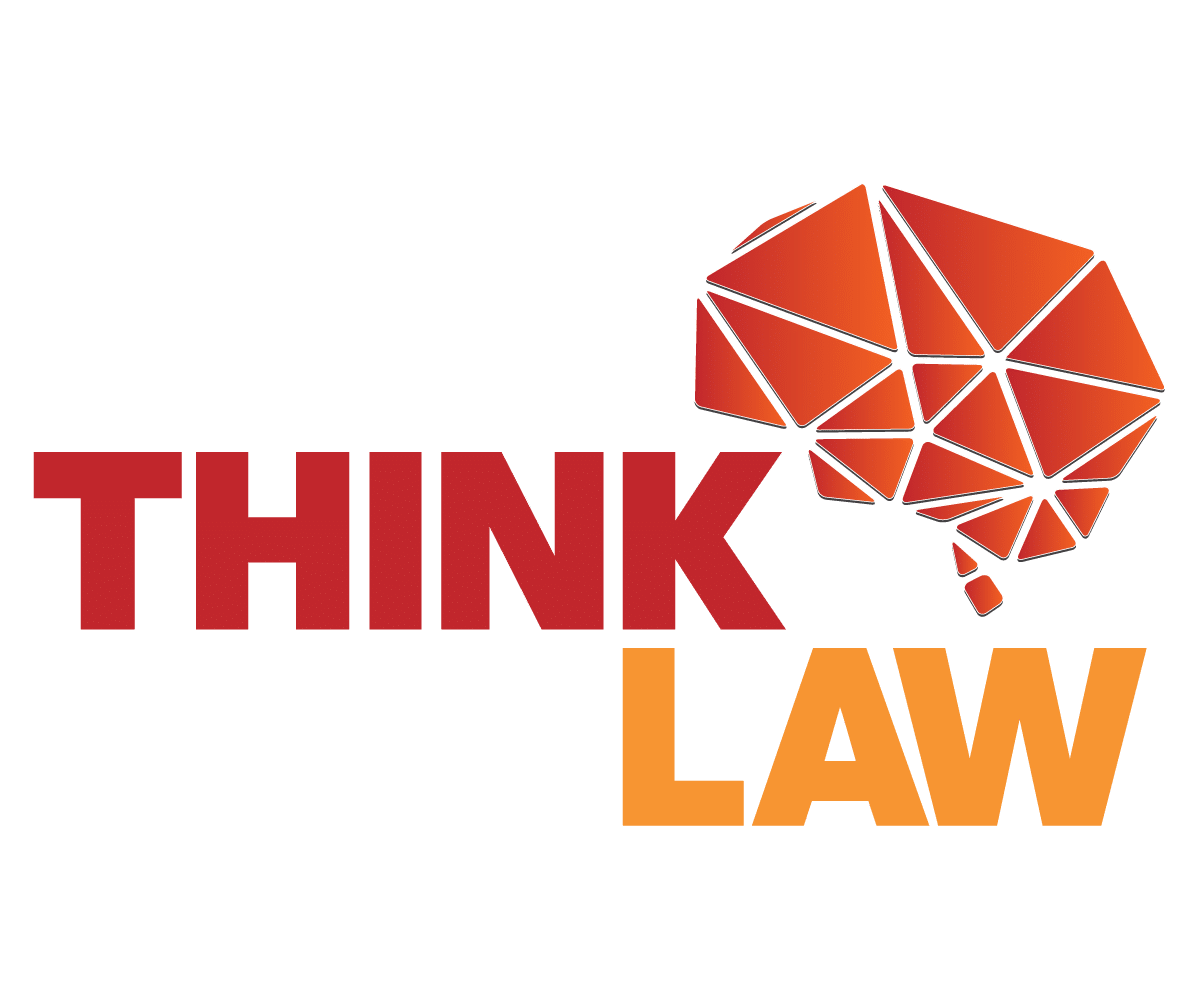


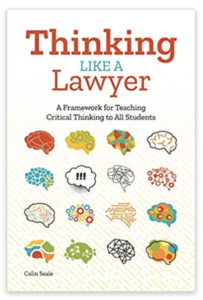


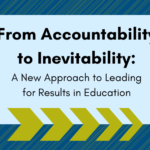
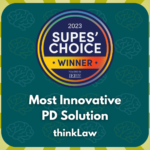
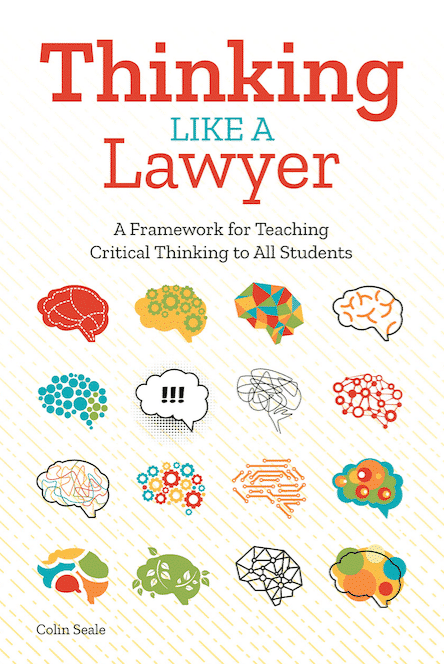
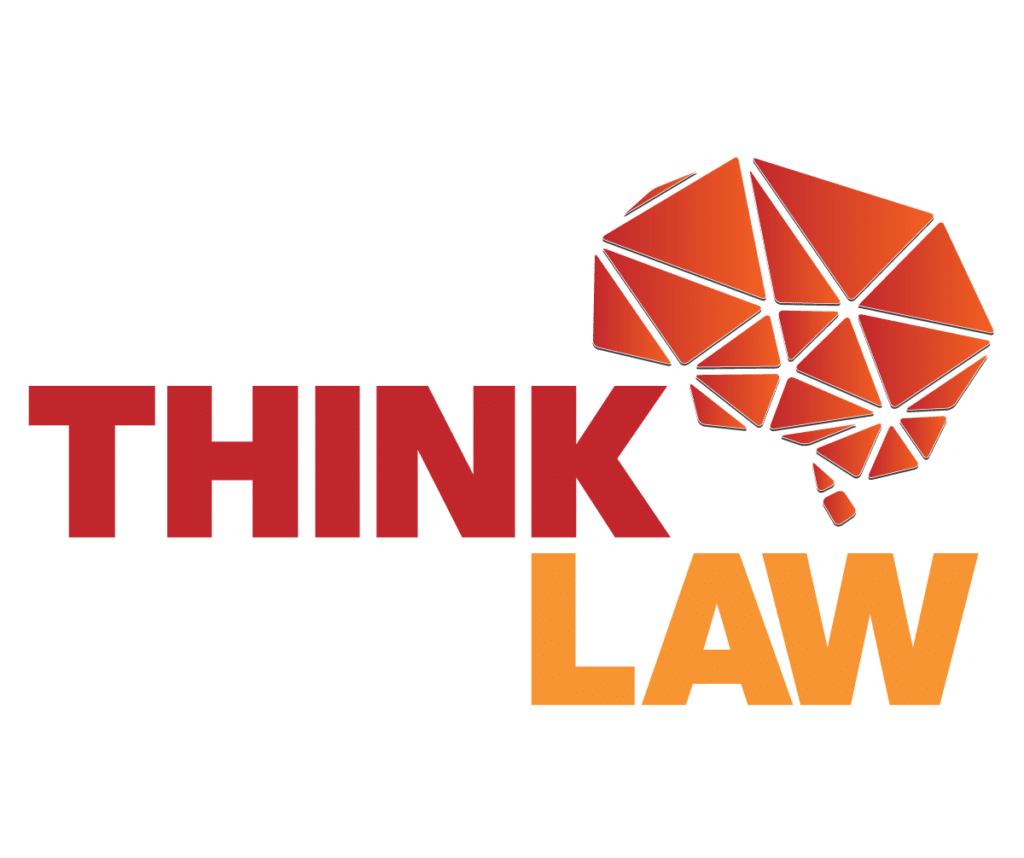
Leave a Reply